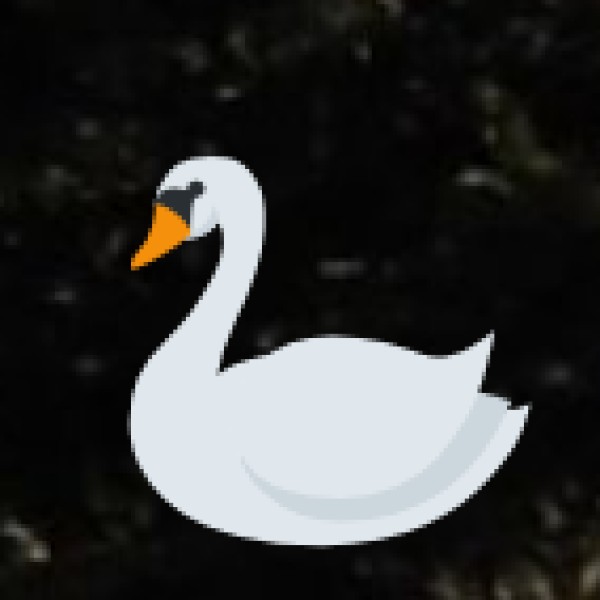About WelcomeTravelerIndia.com
India is a land of extraordinary contrasts, where ancient traditions meet modern innovation, and natural wonders coexist with vibrant cities.
India is a land of extraordinary contrasts, where ancient traditions meet modern innovation, and natural wonders coexist with vibrant cities.

The Andaman & Nicobar Islands, nestled in the Bay of Bengal, are a stunning archipelago of around 572 islands, many of which remain uninhabited and untouched by modern civilization. Known for their natural beauty, these islands are also a treasure trove of biodiversity, hosting a remarkable variety of wildlife found nowhere else on Earth.
Owing to their isolation, dense tropical forests, and marine ecosystems, the islands have evolved a unique range of flora and fauna, making them a hotspot for rare and endemic species. From mysterious reptiles and vibrant birds to exotic marine life, the islands are a living paradise for wildlife enthusiasts and conservationists.
A Rich and Fragile Ecosystem
Over 86% of the land area in the Andaman & Nicobar Islands is covered in lush tropical rainforest. These forests are home to over 2,200 species of plants and animals, many of which are endemic, meaning they are found only in this region.
The ecosystem ranges from mangroves and coastal swamps to evergreen and deciduous forests, supporting an extraordinary range of life forms.
Land Wildlife: Rare Mammals and Reptiles
1. Andaman Wild Pig (Sus scrofa andamanensis)
2. Nicobar Tree Shrew
3. Saltwater Crocodile
4. Andaman Horseshoe Bat & Nicobar Flying Fox
5. King Cobra and Other Snakes
Birdlife: A Birder’s Paradise
The Andaman & Nicobar Islands are known for their vibrant and endemic bird species, many of which attract ornithologists from around the world.
1. Andaman Wood Pigeon (Ducula aenea andamanica)
2. Nicobar Megapode (Megapodius nicobariensis)
3. Andaman Drongo, Andaman Serpent Eagle, and Andaman Cuckoo Dove
4. Migratory Birds
Marine Life: Coral Reefs and Ocean Wonders
The surrounding waters are just as rich as the land. The coral reefs around the Andaman & Nicobar Islands are among the most pristine in the Indian Ocean and host over 5,000 species of marine life.
1. Dugong (Sea Cow)
2. Sea Turtles
3. Coral Reefs
4. Sharks, Rays, and Dolphins
Flora: Botanical Riches
Conservation Challenges
Despite being a protected region, the islands face threats from:
Many areas are now designated as Biosphere Reserves, National Parks, and Marine Protected Areas to ensure sustainable preservation of this unique biodiversity.
The Andaman & Nicobar Islands are not just idyllic beach destinations—they are living laboratories of evolution and refuges for rare species. The stunning variety of wildlife found on these islands makes them a crown jewel in India's ecological heritage. Whether you're an eco-traveler, a wildlife photographer, or simply a curious soul, the islands promise an unforgettable journey into one of the planet’s most unique natural worlds.